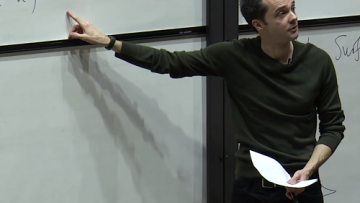Jacob Bernoulli’s role in the history of elasticity: From a discussion with a craftsman to the discovery of the elasticity rules
Abstract
Jacob Bernoulli is known for his studies of the curves, infinitesimal math- ematics and statistics. However, before being a professor in mathematics, he taught experimental physics at the University of Basel. This explains his high interest in solving physical problems with newly developed Leibnizian calculus. In his scientific notebook, Meditationes, there are more than thirty notes about various mechanical problems for solving of which Bernoulli has applied Leibnizian calculus and has advanced this method along the way. A discussion with a craftsman brought Bernoulli’s attention to the problem of the strength of a beam early in his career and occupied his mind until his death. The craftsman’s narration based on his experience highlighted the flaws in Galilean-Leibnizian theory of the strength of a beam. This was the starting point of Bernoulli’s quest to mathematically find the profile of a bent beam (the Elastica Problem) and the physical laws governing it. He started a challenge to encourage other mathematicians of the time to study the problem, providing a hint hidden in an anagram. Although he published his solution of the Elastica Problem in 1694, that was not the end of the quest for him. Studying his unpublished notes in Meditationes reveals that over the last decade of his life, Bernoulli has reconsidered the problem. In my project, I demonstrate that he has found remarkable concepts such as mean tensile stress, and the notion of local stress-strain relation, etc.


